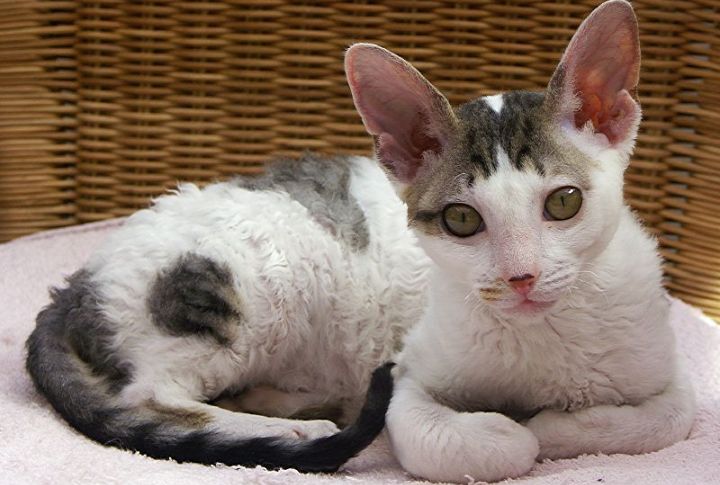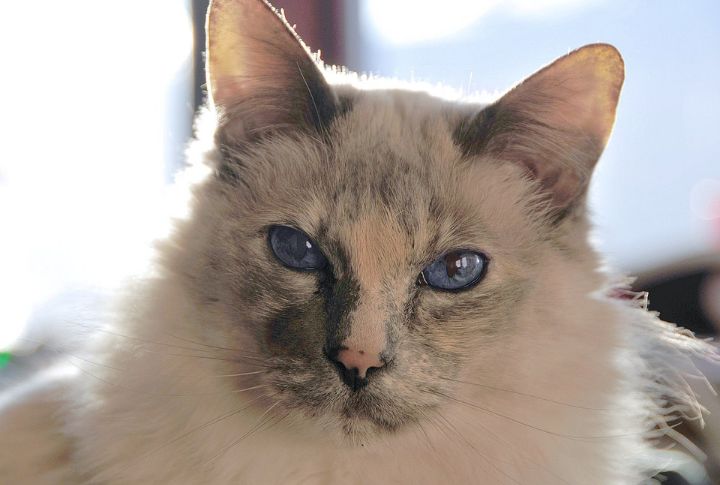
There’s always that one cat who opens cabinets or learns your schedule better than your alarm clock. Feline smarts show up in patterns, quiet memory, and the little choices they make without fanfare. Here’s a look at breeds that naturally weave intelligence into daily life.
Siamese

Routine isn’t lost on the Siamese—it tracks patterns throughout the home with impressive attention. From meal times to footsteps in the hallway, it adapts quickly and anticipates what comes next. Its sharp memory and responsiveness make it well-suited for training, provided consistency and rewards are part of the mix.
Savannah Cat

Part wildcat, Savannah’s intelligence is in a class of its own. When trained early, it can jump high, open drawers, and even walk on a leash. This breed needs consistent mental stimulation and has been known to learn new behaviors just by watching once. Moreover, basic problem-solving skills back up its drive to explore.
Abyssinian

Curiosity drives the Abyssinian to investigate everything around it, from moving objects to unfamiliar corners of the house. It adapts fast, picking up on routines and changes without hesitation. The natural agility and speed help the Abyssinian solve puzzle toys and figure out feeders quickly, showing off its sharp mind.
Oriental Shorthair

Closely related to the Siamese, this breed has a strong memory and a keen eye for changes in its surroundings. It loves mental challenges, often engaging with puzzle feeders or hidden treats that respond to movement. Once it learns a pattern, nothing escapes its attention.
Scottish Fold

Despite its laid-back appearance, the Scottish Fold is smart in subtle ways. This breed observes before jumping into situations, using caution rather than impulse. It can figure out food puzzles or learn the location of its favorite items around the house, and it knows how to reach them without help from humans.
Turkish Van

Few cats are drawn to water like the Turkish Van, with running faucets and full tubs turning into irresistible playgrounds. That same curiosity shows up in how it approaches toys, using trial and error to work through unfamiliar setups. As its surroundings shift, it stays adaptable and engaged.
Burmese

Mental stimulation keeps the Burmese engaged throughout the day. It responds well to interactive toys and can even learn to fetch, showing how easily it connects play with learning. Behind that active streak is a strong memory, which helps recognize familiar behaviors and household routines in specific home areas.
Cornish Rex

Pacing around or resting rarely suits the Cornish Rex—it prefers movement, puzzles, and constant engagement. Its playful nature comes with a sharp sense of patterns, especially when treats or reactions are involved. That mix of physical energy and pattern recognition keeps its environment as active as it is.
Balinese

A long-haired relative of the Siamese, the Balinese breed combines alertness with a strong desire to engage. This awareness helps the cat adjust to new people and situations, with behavior patterns tracked in different home areas. It can easily pick up simple commands and routines, provided it’s rewarded with consistent attention.
Bengal

Interactive play brings out Bengal’s sharpest instincts. Toys that quickly move or respond to touch become tools for testing ideas and reactions. Bengal’s strength and agility come into play, too, especially when reaching high places or nudging open cabinets. These everyday challenges keep its quick mind actively engaged.

